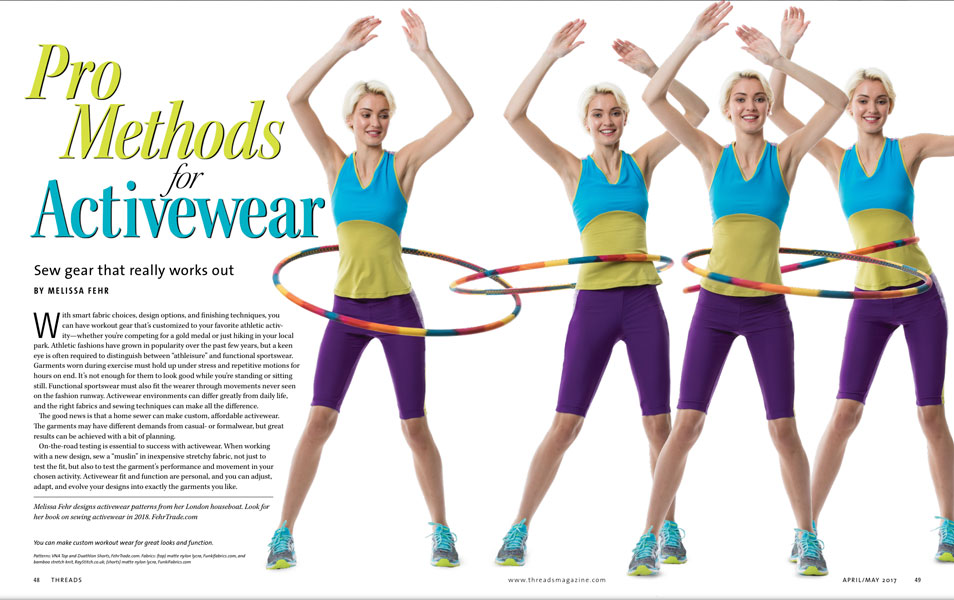
Thanks so much for all your congratulations on my activewear sewing article in the latest Threads magazine (issue 190). If you haven’t seen it yet, it should be on newsstands very soon – do go and buy it because (as usual!) there are a ton of really interesting articles included. Threads is a magazine I totally and fully respect, and I hold it in the highest esteem possible. When I started sewing, the information and techniques it included was something I was in total awe of, and even now, I learn something new from every single issue. It’s a magazine that doesn’t “dumb down” and is unashamedly not aimed at beginning sewists, which is refreshing in itself!
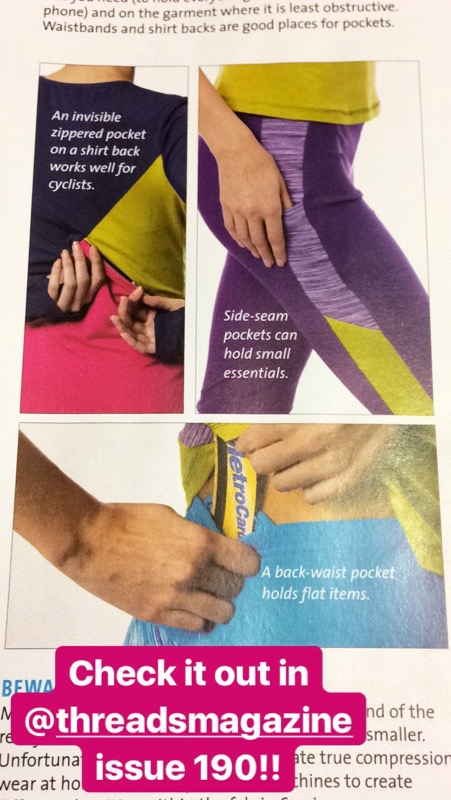
So when Threads approached me back in August last year asking if I’d be interested in writing an article on activewear sewing techniques, I was equal parts thrilled, flattered, and nervous! This felt like the big time, and something I knew I needed to get absolutely right and do my very best work on. So after some email conversations on what might be included, I submitted an outline for a 4 page article, knowing full well I’d included too much. But I figured they’d know better on what they’d covered before in knits sewing articles, and would have a better idea of what could be cut out. To my surprise, they loved what I proposed, didn’t want to cut anything, and instead decided to increase it to a 6 page article!
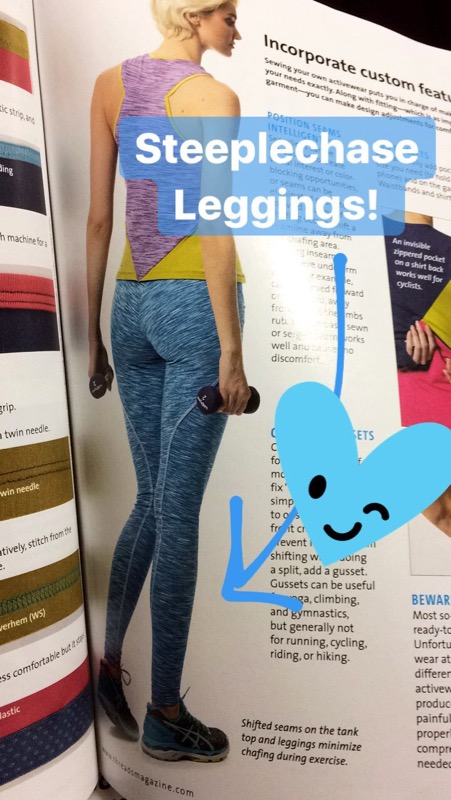
The writing of the article itself was only a part of the work involved, though – I was also expected to produce stitch samples of all the types of seams, edges, and bindings I’d mentioned in the article – which was a LOT! So I used leftover yardage from the samples to show all the different techniques (with contrasting thread and trims!) and labelled each one with a pinned note to avoid any confusion. Having just looked at my notes, this was 17 stitch samples – quite a stack!
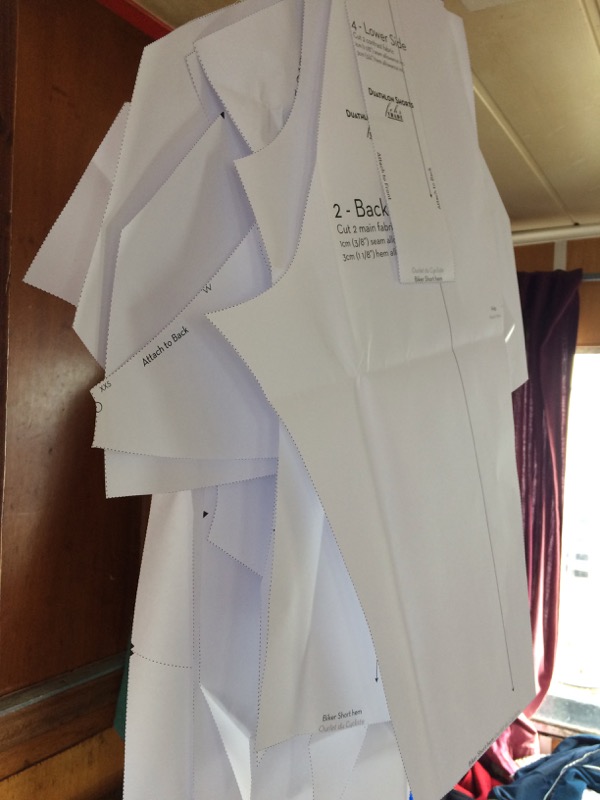
But to support the text of the article, I also needed to produce some activewear garments for a model to be photographed wearing, too. Some authors can use previously sewn garments from their stash, but mine were all in the wrong size (namely, me-sized), and I was given free reign on what patterns I wanted to use, so long as I had two tops and two bottoms that could be worn interchangeably, and preferably, as a winter outfit and a summer outfit.
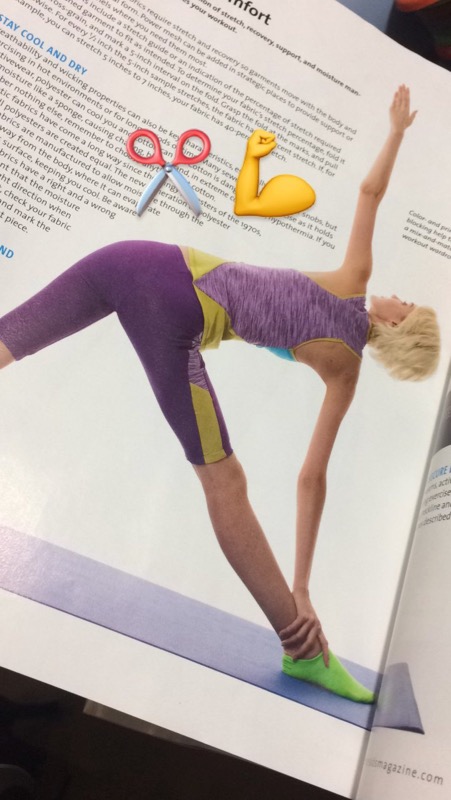
So with this in mind, I decided to use my VNA Top paired with my Duathlon Shorts, and my Tessellate Tee paired with my Steeplechase Leggings (this was all well before my Knot-Maste Yoga Set was finished, I might add!). Living on the other side of the Atlantic from the model and photoshoot location meant I had to sew up the samples while only knowing the model’s bust, waist, and hip measurements plus “add some extra length to the limbs as they’re always tall”! It’s not ideal when you’re trying to fit blind, but this sort of thing happens WAY more than most people expect, and I have huge sympathy for other patternmakers who have fit issues in their photos – it’s probably just that they’re making based on a few measurements and no opportunity for in-person tweaks. Luckily, mine turned out to fit her pretty well, though I am cringing a bit on the shoulders of the VNA!
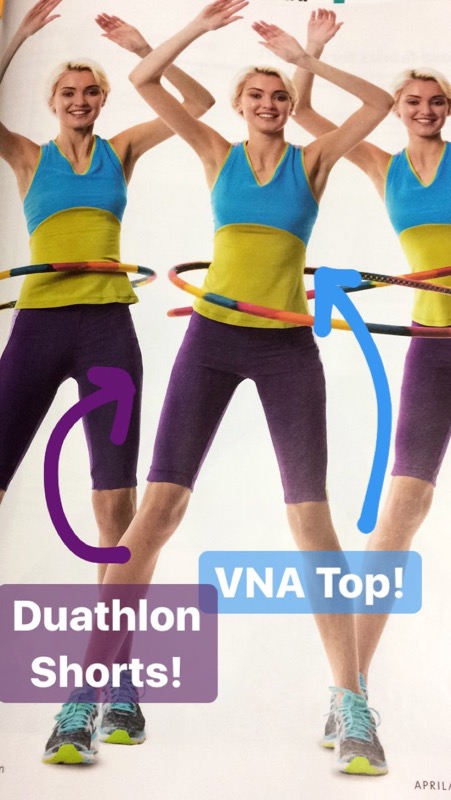
So now that I had the patterns and sizing selected, I then needed to choose the fabric for the samples, which should be easy considering the size of my stash, right? Only I couldn’t choose any prints (solids and heathered only), AND I needed to select my colours based on the specific colour palette for the issue. I’d never even noticed it before myself, but apparently each issue has a specific set of colours (much like the Pantone Colour forecast) to give everything a unified look, which is pretty cool, actually!
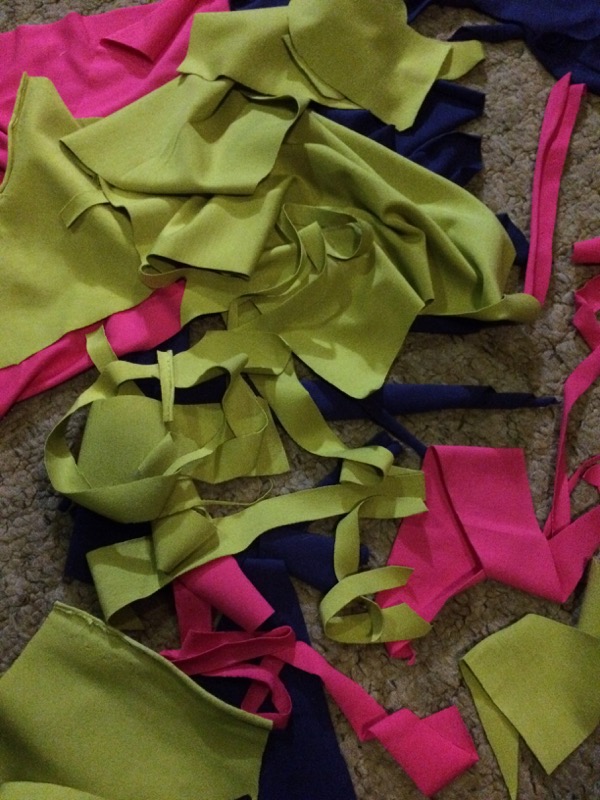
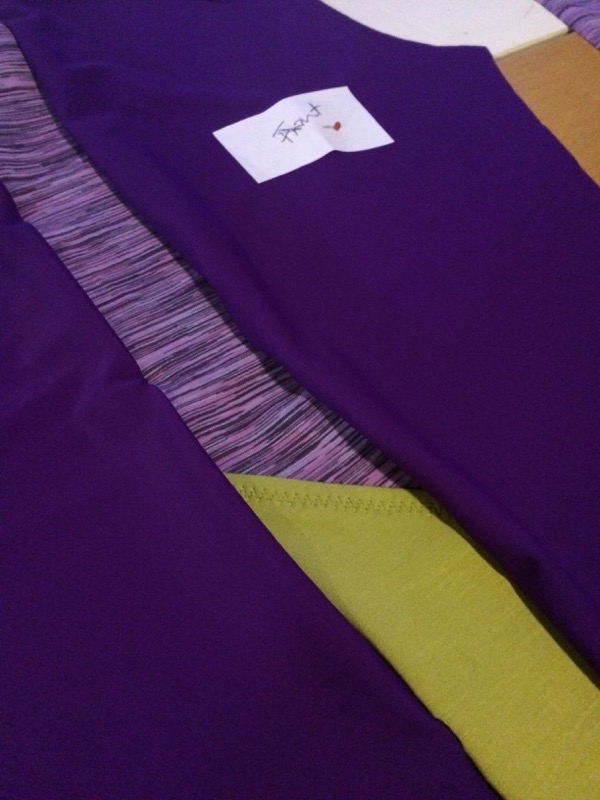
So in order to figure out which fabrics to use in all the different bits of which patterns, plus ensure that everything could coordinate with each other plus figure out where to incorporate all the different stitching and finishing techniques I’d mentioned in the text, I made up a master layout plan.
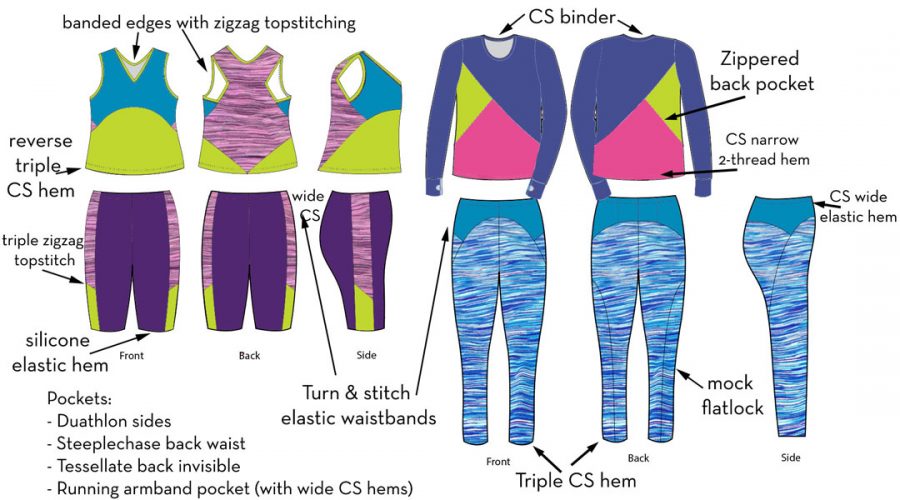
It’s a good thing I’m handy with Photoshop, eh?
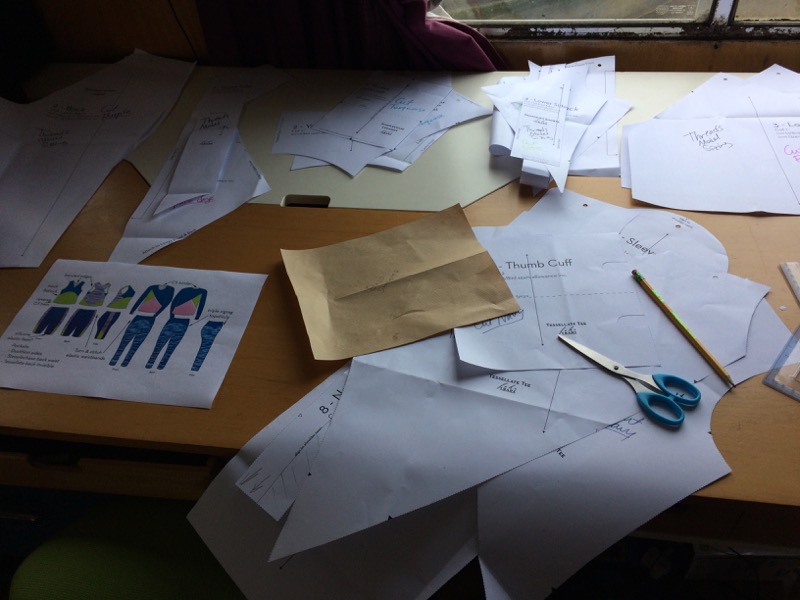
Once I had my sample plan, I could then actually get on with the sewing! I’ve done lots of high pressure sewing before – namely when I’d done the “perfects” that appear on the Great British Sewing Bee, but this seemed even more high stakes somehow, as I didn’t know exactly wish portion they’d choose to photograph. Would it only be on the model, from afar, or would they show the inside, or do detail shots? So it took much longer than usual for me to sew these up, and I made prodigious use of the seam ripper (especially with that ^$%^%&@*$& coverstitch binder) to ensure I handed in samples that were “perfects”. In the end, there’s only limited room for photos and the Tessellate Tee was barely shown (and the coordinating Armband Pocket I threw in at the last second didn’t make it in at all) but I felt better knowing I submitted garments which were worthy of Threads magazine!
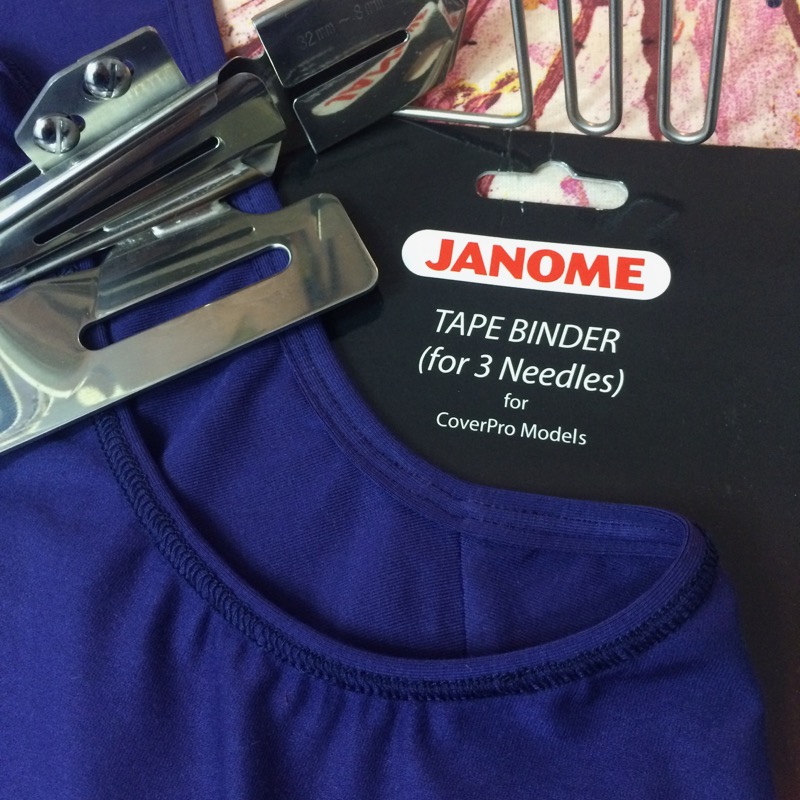
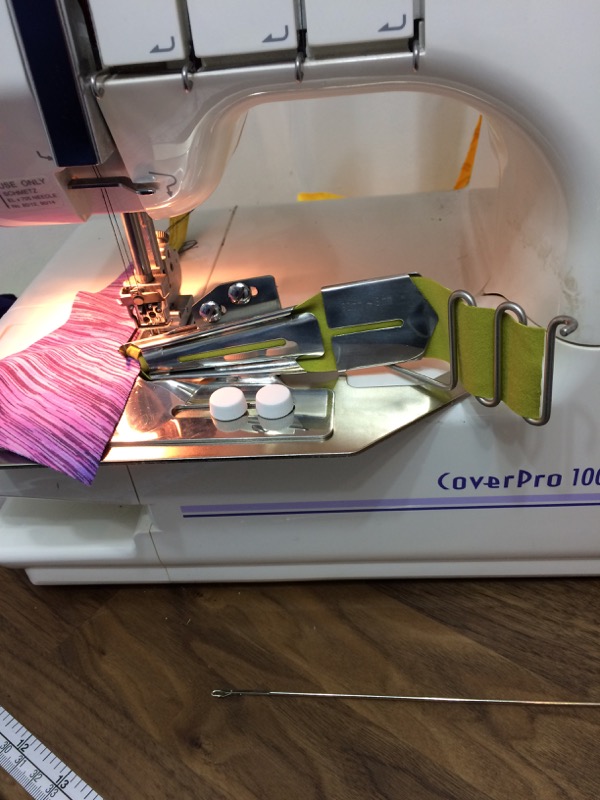
And the end result is an article I’m really proud of – it’s a perfect primer on sewing activewear and a way to hopefully make it more accessible to a readership who perhaps haven’t sewn any before. I’m utterly thrilled to be included in a special club of Threads contributors, and, frankly, flattered that the headline they chose calls me a “Pro” (maybe it’s my imposter syndrome talking, but I’d never call myself a “pro”, I always feel like I’m continuously learning!).
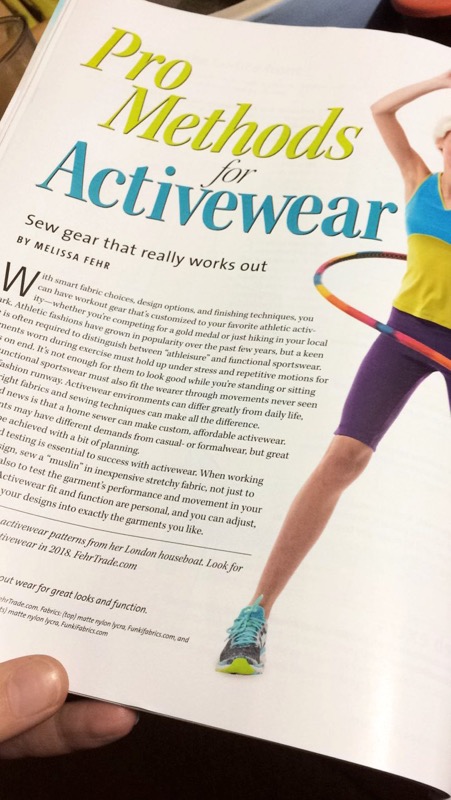
So do go and pick yourself up a copy of issue 190 while it’s out, and also have a peek at my byline on the first page, where there’s another little bit of news I’ll be telling you more about very soon… 😉
